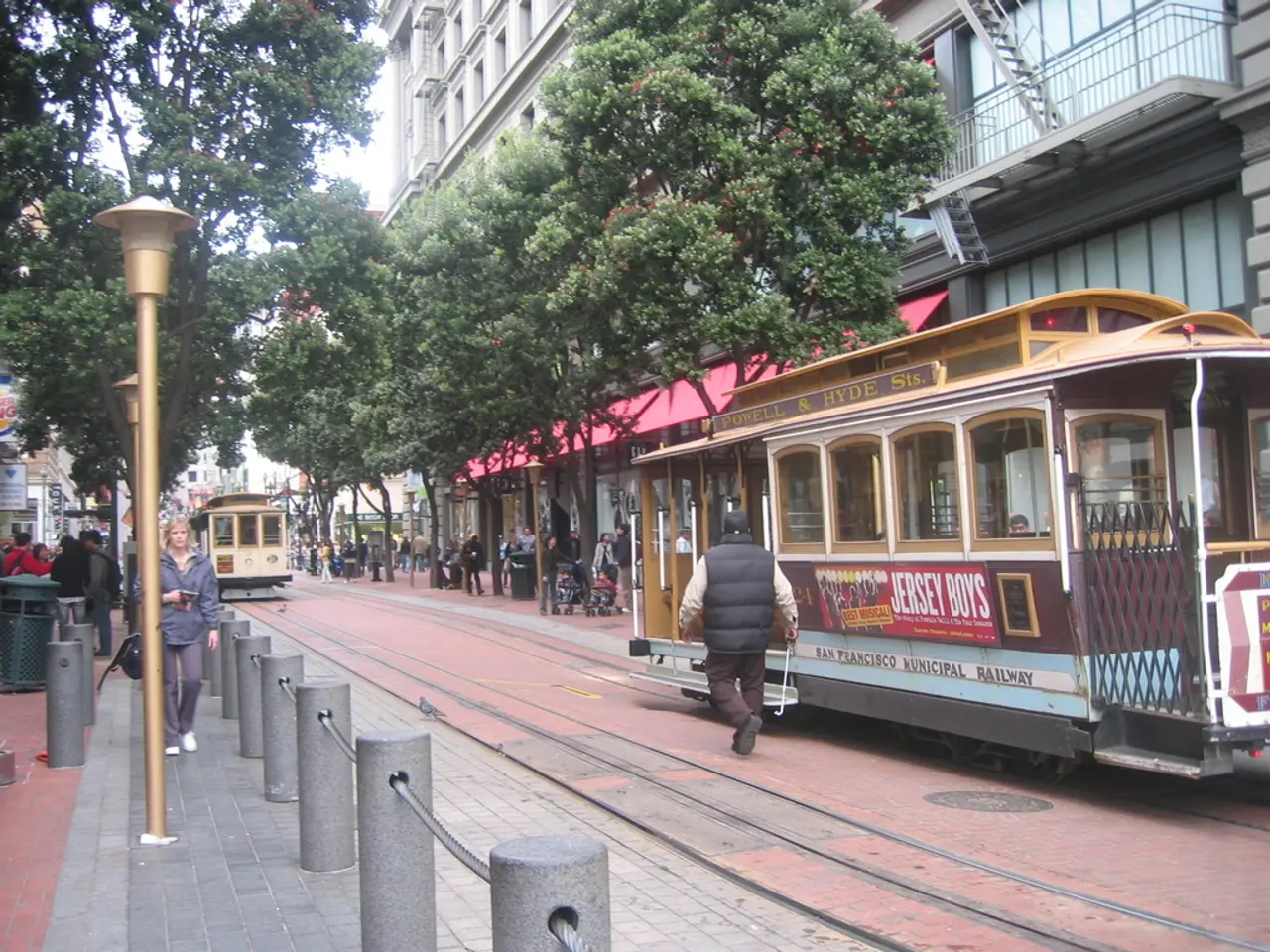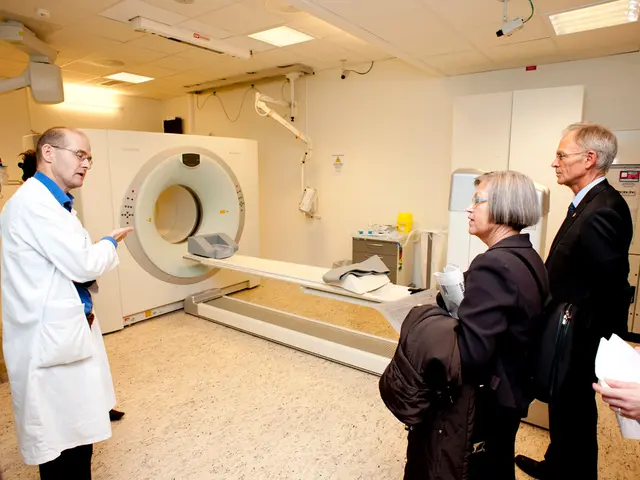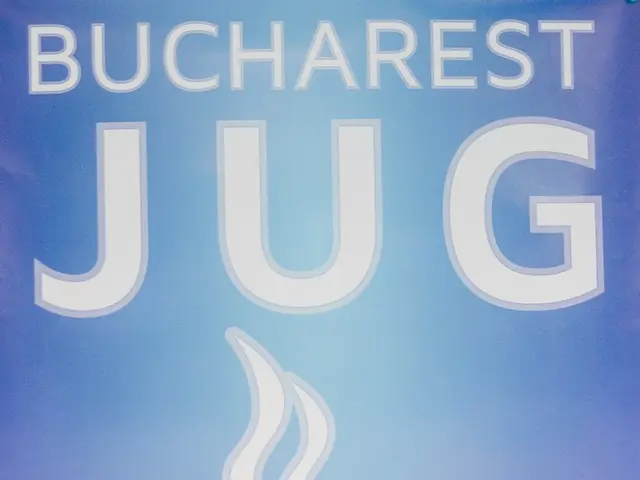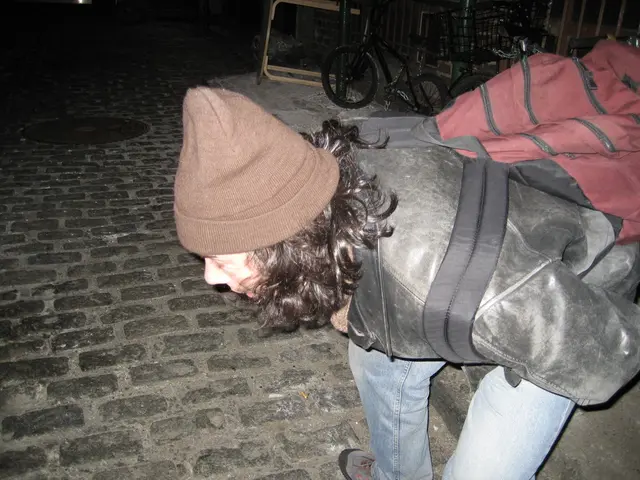Germany's Hyperinflation: Notgeld Notes Tell Berlin's History
In the early 1920s, Germany grappled with hyperinflation. Authorities introduced notgeld, emergency cash, to combat the crisis. These notes, designed by Emil Dittmann, featured historic Berlin scenes and had a value of 50 pfennigs, lower than the inflated Papiermark. However, agitators exploited them, printing propaganda over the notes.
The notes depicted Berlin's past. Neukölln's note showed Rixdorf, its name before it became an overcrowded workers' district in 1921. Residents here bought durable goods like lard and rice to preserve value. Kreuzberg's note featured Hallesches Tor, one of few gates Jews could enter Berlin through. Tiergarten's note depicted the Prinzessin Charlotte von Preußen steamship, despite it being sold for scrap in 1824. The 1921 series, now in the Deutsches Historisches Museum, offered a glimpse into Berlin's history.
During this tumultuous period, Tiergarten's In den Zelten served as a popular meeting spot. It was a hub for political discussions, notably during the 1848 turmoil.
Notgeld notes, though intended as a temporary solution, became a symbol of Germany's economic struggle and a historical record of Berlin's evolution. Despite their exploitation for propaganda, they remain a testament to the city's past.
Read also:
- Berlin's Friedrichstraße and Checkpoint Charlie Redesigns Delayed by Budget Cuts
- Koblenz Explores Sewage Sludge Incineration Amidst 'Black Book' Revelations of Costly Investments
- Covid-19 Strains German Hospitals: Severe Nurse Shortage Threatens Care
- Neuss Sports Clubs Face Financial Crisis Over Proposed Usage Fees








